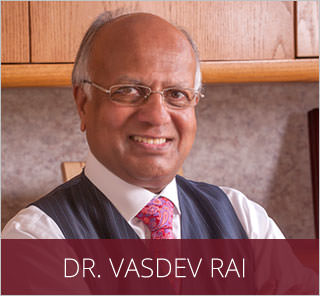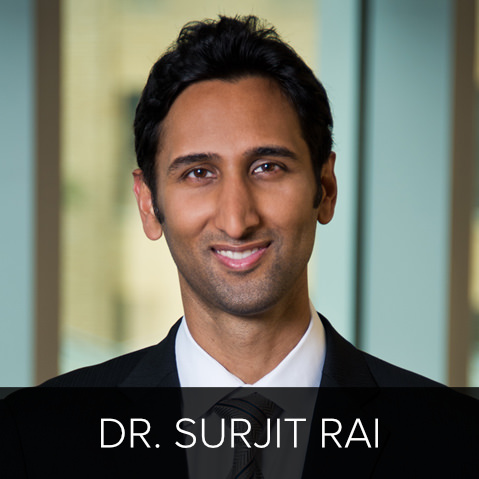Age-Related Plastic Surgery Concerns
In 2010, people age 40 to 54 comprised 48 percent of all cosmetic procedures performed that year, according to the American Society of Plastic Surgeons. People age 55 and older made up 26 percent. These two age groups make up the majority of consumers for both surgical and non-surgical cosmetic procedures.
Many people older than 55 have become first-time plastic surgery patients. People are living and working longer, which may be the main reasons that older people are turning to plastic surgery. Procedures like a facelift can restore an alert and youthful facial appearance and is popular among both men and women over 55. Non-surgical procedures like facial fillers restore lost facial volume and reduce the appearance of fine lines. Many people seek these cosmetic improvements to remain viable among an increasingly younger group of colleagues; other patients want their outward appearance to mirror how they feel inside.
Advanced age does not necessarily increase the risks and complications associated with plastic surgery procedures. Age-related concerns for plastic surgery candidacy have less to do with your actual age and more to do with your general health. When determining your candidacy, a surgeon will ask about:
- Medications you are taking
- Illnesses or diseases you have or have had in the past
- Whether you have hypertension
Hypertension can increase the chances of certain anesthesia risks. Rare cases of delirium and reduced cognitive function have been linked to anesthesia in older patients, and surgeons should carefully screen older patients for any conditions that could increase anesthesia risks. Many plastic surgery procedures can now be completed with local anesthesia, which has a more rapid recovery and fewer risks compared to general anesthesia.
If you live in Dallas or Fort Worth, Texas, and would like to find out if you are a candidate for plastic surgery, please contact experienced plastic surgeon Dr. Vasdev Rai to schedule a consultation at the Cosmetic Surgical Center.
Dr. Vasdev Rai
 Dr. Vasdev Rai has performed more than 25,000 cosmetic surgeries over his more than 30 years in practice as a Dallas plastic surgeon. He is a board-certified plastic surgeon who was first certified by the American Board of Plastic Surgery in 1983. Learn More...
Dr. Vasdev Rai has performed more than 25,000 cosmetic surgeries over his more than 30 years in practice as a Dallas plastic surgeon. He is a board-certified plastic surgeon who was first certified by the American Board of Plastic Surgery in 1983. Learn More...
Dr. Surjit Rai
 Dr. Surjit Rai was born and raised in Plano, Texas. Being the son of a plastic surgeon, Dr. Rai had the unique opportunity to see first-hand the impact a plastic surgeon can have. He knew at a young age that he would dedicate his life and academic career towards the goal of becoming a plastic surgeon. Learn More...
Dr. Surjit Rai was born and raised in Plano, Texas. Being the son of a plastic surgeon, Dr. Rai had the unique opportunity to see first-hand the impact a plastic surgeon can have. He knew at a young age that he would dedicate his life and academic career towards the goal of becoming a plastic surgeon. Learn More...
